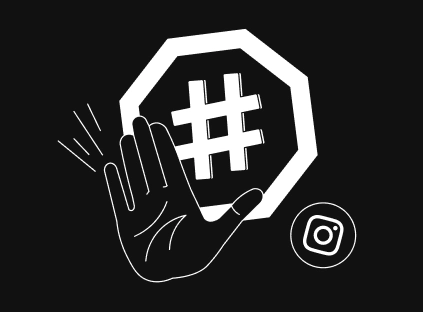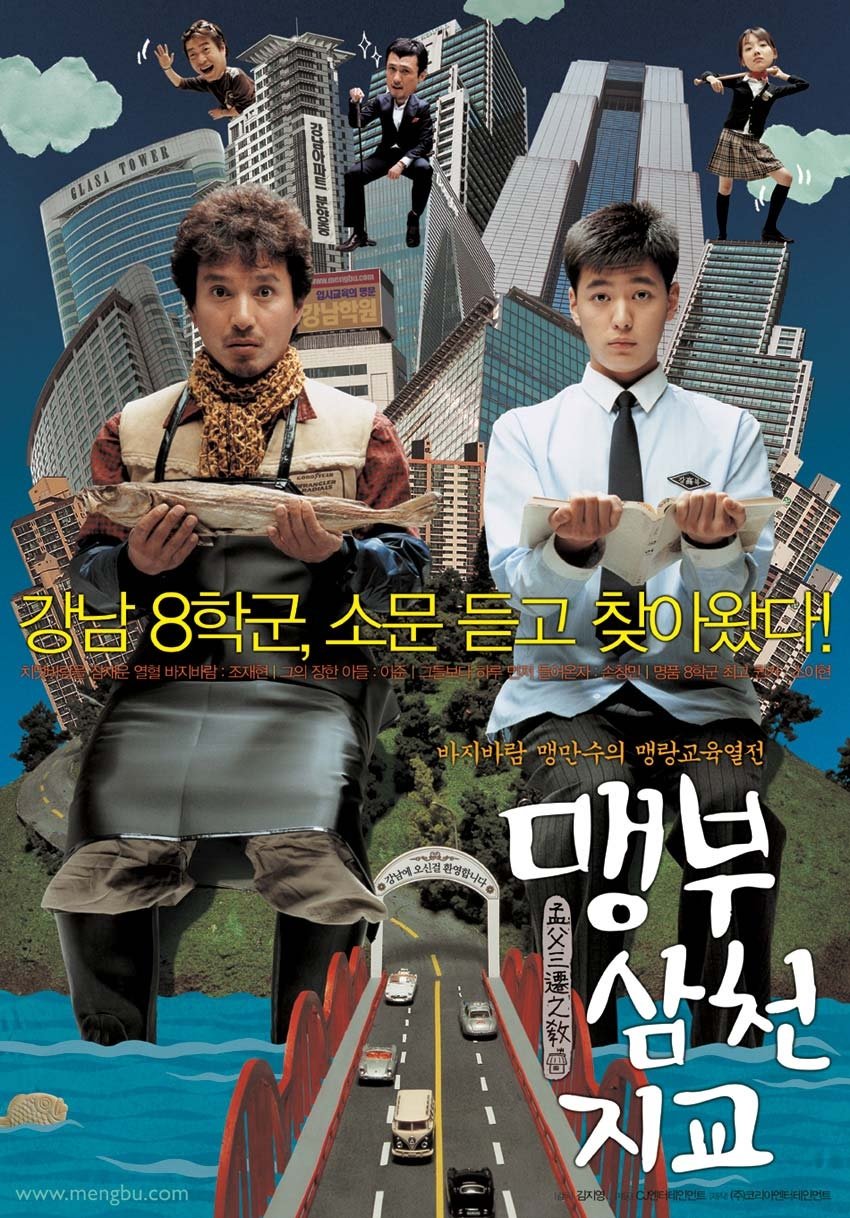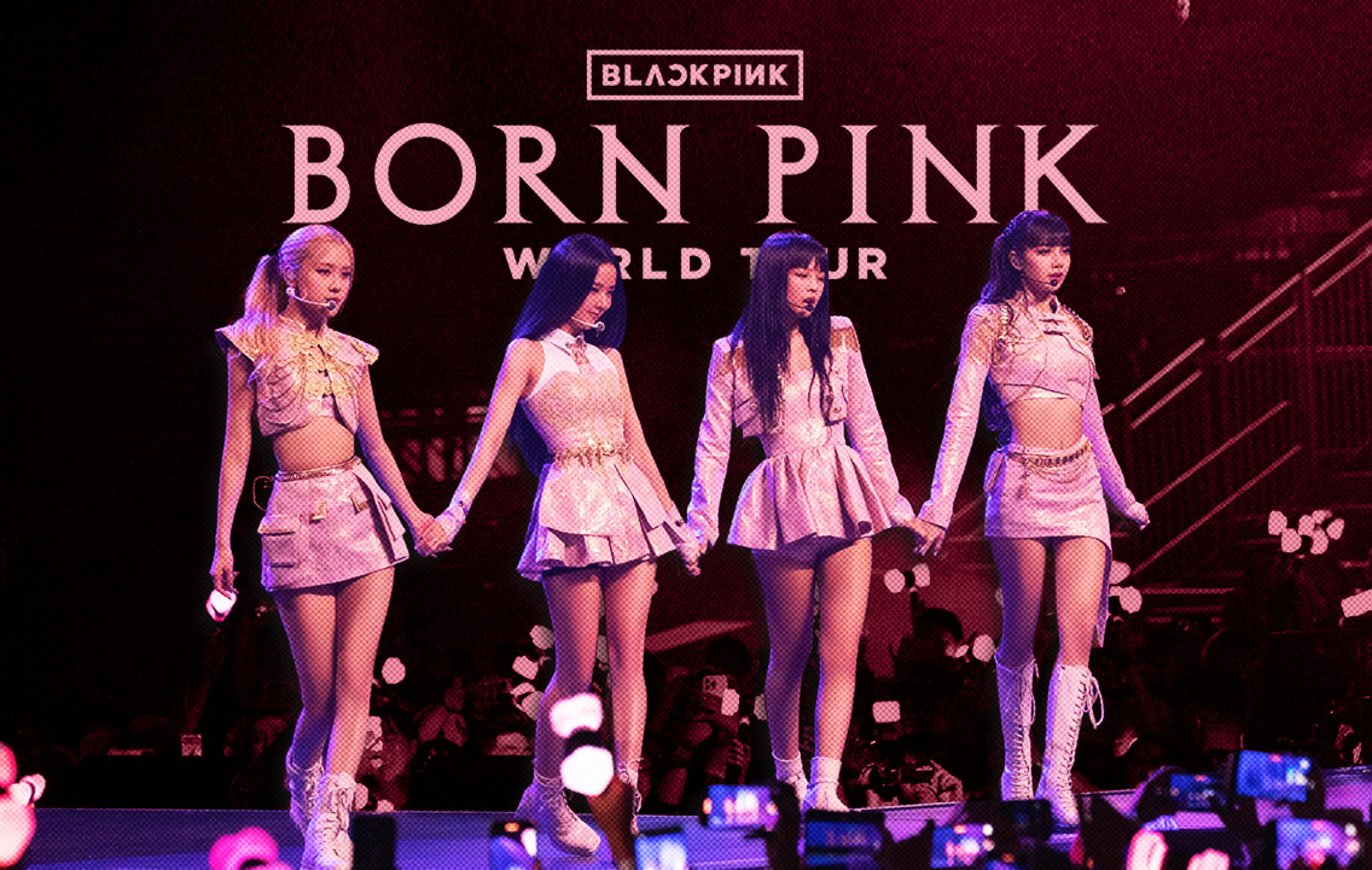Smashing – In the ever-evolving arena of online activism, one particular story refuses to disappear. It isn’t a new viral trend or a flash-in-the-pan controversy. It’s the ongoing fight over a digital tag specifically, the banned hashtag that refuses to die. Originally born from protests demanding sex worker rights and fair representation, this hashtag has become a symbol of resistance in the face of digital suppression. The banned hashtag that to die now functions as both a rallying cry and a technological phenomenon.
With each new wave of platform censorship, the banned hashtag that refuses to die keeps resurfacing. Activists, artists, and everyday users repost it with purpose, aware it might get flagged or buried by algorithms. Still, they persist. The banned hashtag that refuses to die is more than a phrase—it’s a living archive of shared rage and solidarity.
The Origin Story: Digital Protest Meets Platform Policy
The banned hashtag that refuses to die first gained traction during a wave of crackdowns on adult content creators. In 2022, major platforms began limiting visibility for hashtags linked to sex work advocacy, flagging them under the guise of “safety” or “policy violations.” But users quickly noticed that this enforcement was deeply biased. The banned hashtag that refuses to die didn’t violate terms it violated norms that platforms didn’t want to confront.
As posts containing the banned hashtag that refuses to die disappeared from search results, users became more creative. They altered spellings, inserted emojis, and launched mirror campaigns. Still, the banned hashtag that refuses to die found its way back to public feeds, proving how resilient digital resistance can be.
How the Hashtag Lives On
The strength of the banned hashtag that refuses to die lies in its adaptability. Despite algorithmic invisibility, users continue to keep it alive through coded language, repost chains, and content cloaking. Activists use story highlights, visual captions, and third-party platforms to evade detection. The banned hashtag that refuses to die lives through the ingenuity of those determined to be heard.
Communities have created alternate versions and even embedded the banned hashtag that to die into visual art and short films. These creative acts preserve visibility while protesting invisibility. The banned hashtag that to die transforms censorship into innovation, reminding us that digital speech always finds a crack to slip through
Tech Platforms Can’t Kill What Culture Owns
Big Tech might set the rules, but culture moves faster. The banned hashtag that refuses to die remains one of the clearest examples of this truth. Each time it’s removed, reposted, or reimagined, it gathers strength. The banned hashtag that to die becomes folklore—shared not just on feeds but in real conversations, zines, podcasts, and performances.
Despite efforts to suppress it, the banned hashtag that refuses to die often appears in academic work, museum exhibits, and university research archives. What was once a string of characters is now a case study in digital resistance. The banned hashtag that refuses to die shows how people can reclaim platforms even when platforms try to silence them.
A Future Written in Resistance
Looking ahead, the banned hashtag that to die signals something much bigger. It shows that when people are denied space, they will build their own. New platforms are emerging peer-to-peer networks, decentralized social apps, and encrypted messaging spaces—all influenced by how the banned hashtag that refuses to die reshaped the rules.
This hashtag is now being taught as an example of activist design in coding bootcamps. It appears in conversations about platform accountability and ethical moderation. The banned hashtag that refuses to die will continue to be reborn, reshared, and reimagined.
And maybe that’s the point—it refuses to die because it was never just a hashtag. It was always a message, a memory, and a movement.





